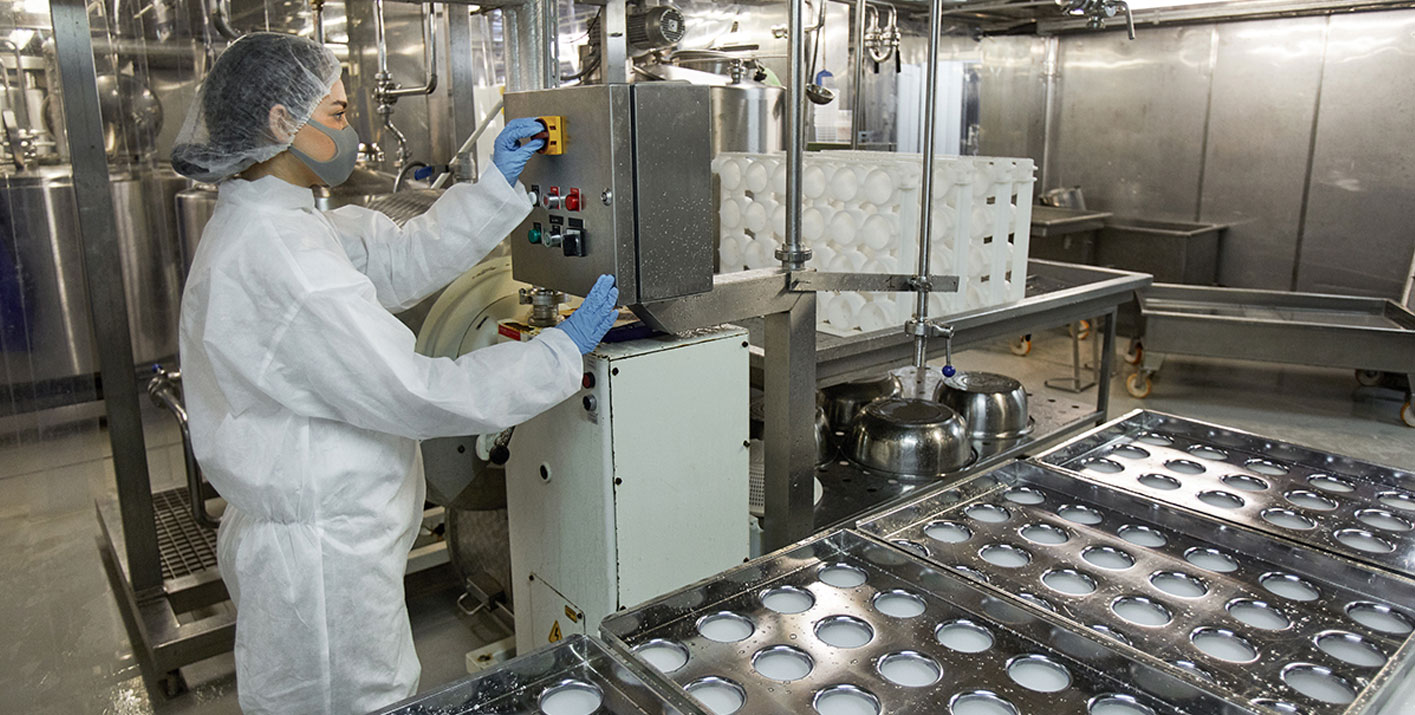A Quick Guide Through Various Methods of Food Processing
Overview
Food processing and preparation is any method used to turn different foods into food products. This method can include various procedures in food industries development including chopping, washing, pasteurizing, freezing, fermenting, packaging, cooking and many more. Food processing also contains adding ingredients to food, like extending shelf life during Food product development in industries.
What is Food processing?
Food processing and preparation is the change of agriculture items into food, or of one type of food into different arrangements. Food preparation includes numerous processing nourishments, from pounding grain to making crude flour to home cooking to complex modern approaches to make comfort nourishments. Some food preparation approaches assume major jobs in lessening food squander and improving food protection, consequently diminishing horticulture’s absolute ecological effect and improving food security.
Different types of food processing
Food processing takes an extensive range of structures. A few nourishments need almost zero preparation, similar to an apple that can be selected from the tree and eaten right away. Others are unpleasant except if they go through some preparing with standardized recipes. Food processing methods fall into three classifications: primary, secondary and tertiary.
Primary Food Processing
Primary food preparation is the method toward converting crude horticultural items into nourishments that can be disposed of quickly. At times, the food is suitable to be over once primary processing is done. An illustration of this is roughly produced using smoked meat. In different cases, instant processing transforms the agricultural item into a fixing that would turn into a consumable food, such as processing grain to make flour.
Secondary Food Processing
Secondary food processing is the way toward using fixings delivered through primary food preparing to make prepared-to-eat food. An illustration of this is using flour to make the batter and prepare the mixture to make bread. Different models include aging grape juice with wine yeast to make wine and using ground meat to make hotdogs.
Tertiary Food Processing
Tertiary food preparation is the substantial scope of prepared to-eat nourishments, like frozen pizzas and bundled snacks. The expression “handled food” normally alludes to food items produced through tertiary food preparing during new food industries. At that point, corn is developed and nixtamalized – the way toward absorbing it a soluble procedure – before being made into the batter. At that point, the batter makes the most of the tortillas, cut and heated into chips. A few foods require different kinds of processing to arrive at their last, consumable structures. When this cycle is done at a modern scale and fixed in impermeable sacks, it integrates tertiary food processing strategies after the food has experienced primary and secondary preparation.
Food processing methods
Food processing is any approach used to convert new nourishments into food items in food development recipes. It can contain one or a mix of different cycles including hacking, washing, purifying, freezing, maturing, packaging, cooking and some more food industrial development. Food processing also includes adding fixings to food, for instance, to broaden the period of usability. Food preparation contains customary and present-day strategies. A portion of the standard techniques gives a picture of underneath:
Fermentation
The breakdown of sugars by microorganisms, yeasts or different microbes under anaerobic conditions is called fermentation. It indicates, no oxygen is necessary for the cycle to happen. Maturation is strikingly making use of mixed refreshments, like wine, lager, and juice, and in the protection of nourishments, such as dry wieners, sauerkraut, and yoghurt, yet also for bringing mixture up in bread creation.
Canning
The food heats to a high temperature. This cycle is called purification. At that point, the food is packed, preparing ventures for canned tomatoes using food development from technology.
Freezing
Food temperatures are shrinking to below 0°C to reduce the action of unsafe microbes. The cycle can be used to safeguard most of the nourishments, including organic products, vegetables, meat, fish, and prepared suppers.
Adjusted environment packaging
A protective gas blend subset the air within a bundle, often including oxygen, carbon dioxide, and nitrogen gases that are also currently noticeable all around where we relax. They help extend the timeframe of realistic usability of new food items – for most vegetables, organic products, meat and meat items, and fish.
Pasteurization
Food is warmed and later instantly chilled off to execute microbes. For example, crude milk may contain unsafe microorganisms that cause foodborne illnesses. Bubbling it or sanitizing is essential to guarantee it is protected to consume. Besides dairy items, sanitization is normally utilized to conserve canned nourishments, juices and mixed refreshments.
Smoking
A series of warmth and substance treatment of food helps protect it by offering it to smoke from consuming material, for example, wood. Smoked nourishments, for the most part, include types of meat, frankfurters, fish or cheddar.
Added substances
Food added substances accept an important job in saving the security, newness, taste, appearance and surface of handled nourishments. Food added substances are added for particular purposes, irrespective of whether to guarantee sanitation or to keep up food quality during the timeframe of accurate usability of an item. For example, cell reinforcements keep fats and oils from getting smelly, while additives forestall or decrease microorganisms’ development. Emulsifiers are used to improve the surface of mayonnaise or stop plates of mixed greens dressings from isolating into oil and water.
Conclusion
At Indo German Wire Screen Co., we manufacture and supply superior quality Wire Mesh for various industrial applications. The excellent heat resistance, ease of fabrication and most essentially, its easy-clean and hygienic properties make Wire Mesh a perfect fit for Food Processing & Preparation applications. At Indo German Wire Screen Co., we are the professional people delivering high-quality and superior-performance products that have been appreciated by all of our previous customers.

